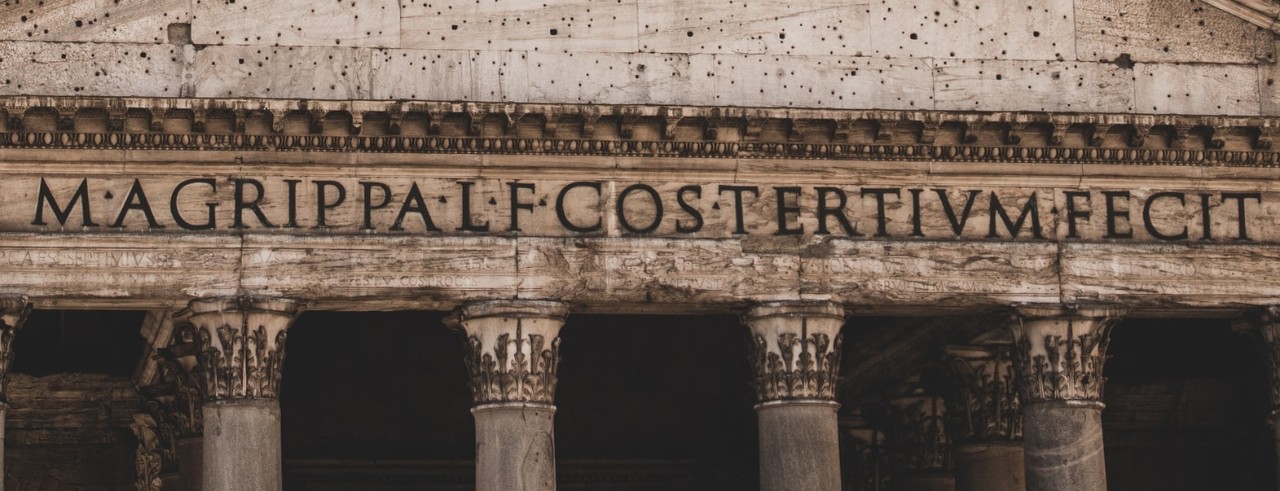
The Atlantic: Kids are learning history from video games now
UC expert in the classics gives a nod to video gaming as a way to about learn history
Anything that can call attention to periods or histories that most people wouldn’t otherwise come across does a very real service, UC’s Marion Kruse says in an article in The Atlantic.
The article focuses on the rise in popularity of video gaming, specifically games such as Europa Universalis which is by Paradox Interactive, a Swedish company.
Kruse, a professor of classics and expert in the Roman Empire, was among a small group of esteemed historians the reporter asked to opine on whether history via video game would do a disservice to history, and to the player.
The article is a good read on the history of gaming, which dates to the 19th century, and modern application on topics traditionally taught in the classroom.
Games, Kruse says, “are antithetical to apathy,” and games like Europa Universalis can get the player to start caring about the past, even if it’s in a relatively superficial way.
Featured image at top courtesy of Unsplash/Henderiksen.
Impact Lives Here
The University of Cincinnati is leading public urban universities into a new era of innovation and impact. Our faculty, staff and students are saving lives, changing outcomes and bending the future in our city's direction. Next Lives Here
Related Stories
News Cincinnati loved in 2025
January 2, 2026
The story of prohibition bootlegger George Remus was among WLWT's favorite segments in 2025. UC Law Professor Christopher Bryant spoke with journalist Lindsay Stone about Remus using a temporary insanity defense during a murder trial.
What to know about this year’s big tax changes
January 2, 2026
Local 12 reported that taxpayers can expect some major changes this tax season. Gary Friedhoff, adjunct instructor at the University of Cincinnati’s Carl H. Lindner College of Business, recently spoke to Local 12 about how to avoid surprises.
Study finds police officers face higher long-term health risks
January 2, 2026
J.C. Barnes, a University of Cincinnati professor, is interviewed by Spectrum News about new research showing that the physical and psychological demands of law enforcement can contribute to earlier deaths.
